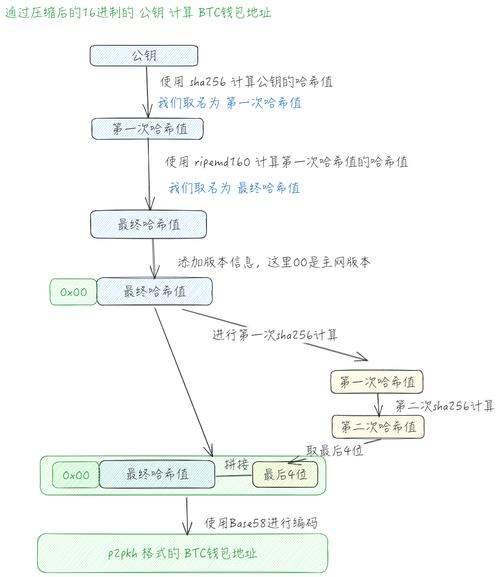Cryptocurrency Price Trends, Understanding the Bitcoin Value Graph
In the ever-evolving world of digital currencies, Bitcoin stands out as the first and most recognized cryptocurrency. Understanding the price trends through a Bitcoin price chart can provide valuable insights into market behaviors and future forecasts. This article explores the essential aspects of Bitcoin price charts, their components, and how they can help traders and investors make informed decisions.
In the ever-evolving world of digital currencies, Bitcoin stands out as the first and most recognized cryptocurrency. Understanding the price trends through a Bitcoin price chart can provide valuable insights into market behaviors and future forecasts. This article explores the essential aspects of Bitcoin price charts, their components, and how they can help traders and investors make informed decisions.

Understanding Bitcoin Price Charts
A Bitcoin price chart visualizes the historical price movements of Bitcoin over a specified time frame. These charts display the currency’s price fluctuations, helping users to analyze trends, volatility, and market sentiment. Most charts provide multiple time frame views, ranging from minutes to years, allowing users to observe both short-term and long-term trends.
The primary components of a Bitcoin price chart include:
- Date and time: Indicates the specific time period represented on the chart.
- Price values: Shown on the vertical axis, representing Bitcoin’s price at that moment.
- Volume: Some charts also represent the trading volume, visually depicting market activity.
- Trends: Trends can be observed through various patterns and indicators on the chart.

Key Factors Influencing Bitcoin Prices
The Bitcoin market is influenced by various factors. Here are a few key elements that can impact Bitcoin prices:
- Market Demand: An increase in demand typically leads to higher prices. Events such as institutional adoption and retail interest contribute to this demand.
- Regulatory News: News regarding regulations can have immediate impacts on Bitcoin’s price. Favorable regulations often lead to price surges, while restrictive measures can cause declines.
By monitoring these elements through a Bitcoin price chart, traders can anticipate potential market movements. For example, if new technology or partnerships are announced that could enhance Bitcoin’s utility, investors may react positively, reflecting in price increases shown on the chart.

Interpreting Bitcoin Price Patterns
Understanding price patterns is crucial for traders. Common patterns to look for on Bitcoin price charts include:
- Support and Resistance Levels: Support levels indicate where the price tends to stop falling, while resistance levels represent where the price has difficulty surpassing.
- Trend Lines: Drawing trend lines can help identify overall market direction—upwards, downwards, or sideways.
By analyzing these patterns, traders can make educated predictions about future price movements and determine strategic entry and exit points for their trades.
In conclusion, a Bitcoin price chart is an invaluable tool for anyone interested in the cryptocurrency market. By understanding the components and factors influencing prices, users can better navigate this dynamic market. Proper interpretation of price movements and patterns can lead to informed trading decisions, turning potential risks into opportunities for profit.






